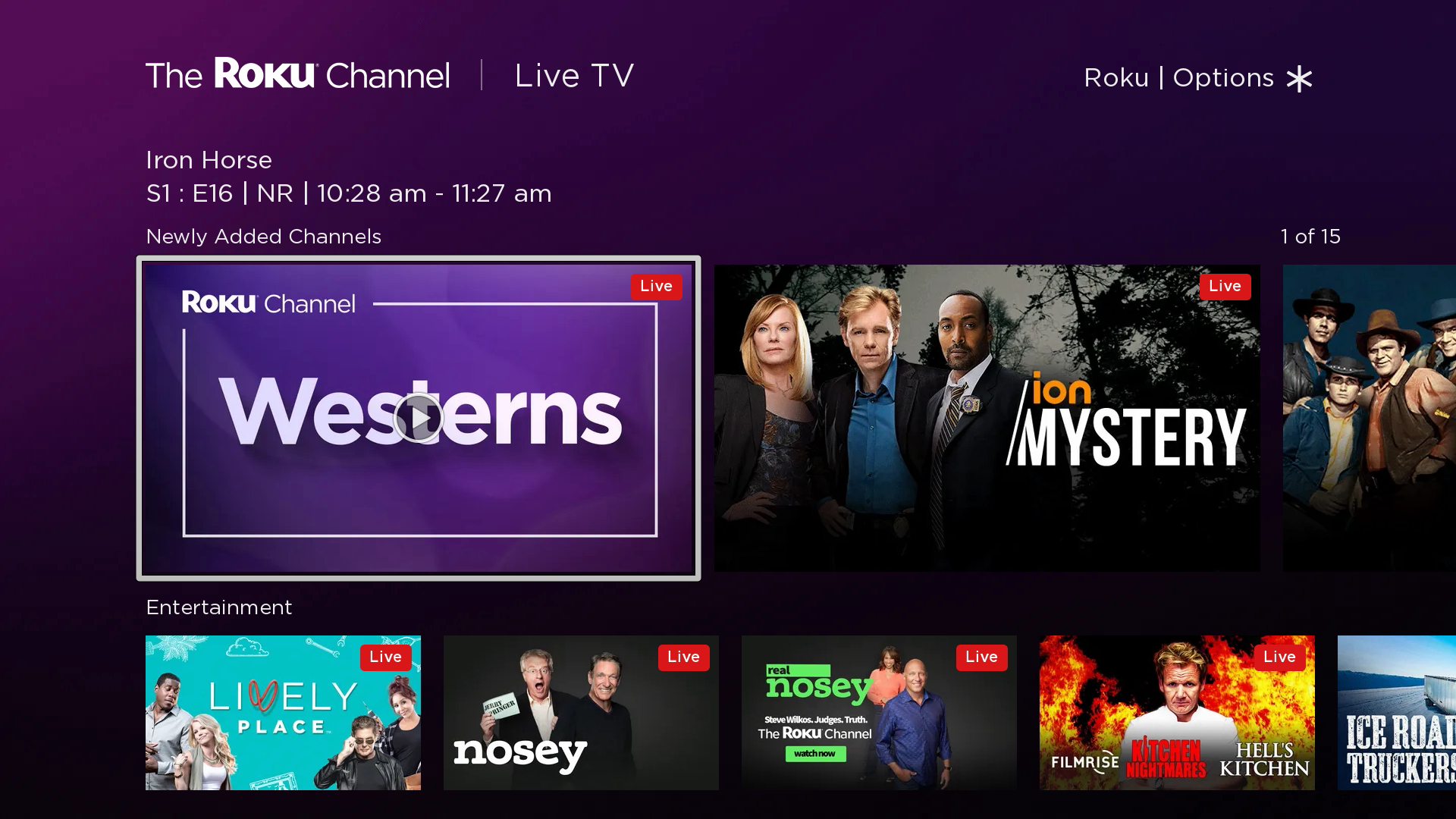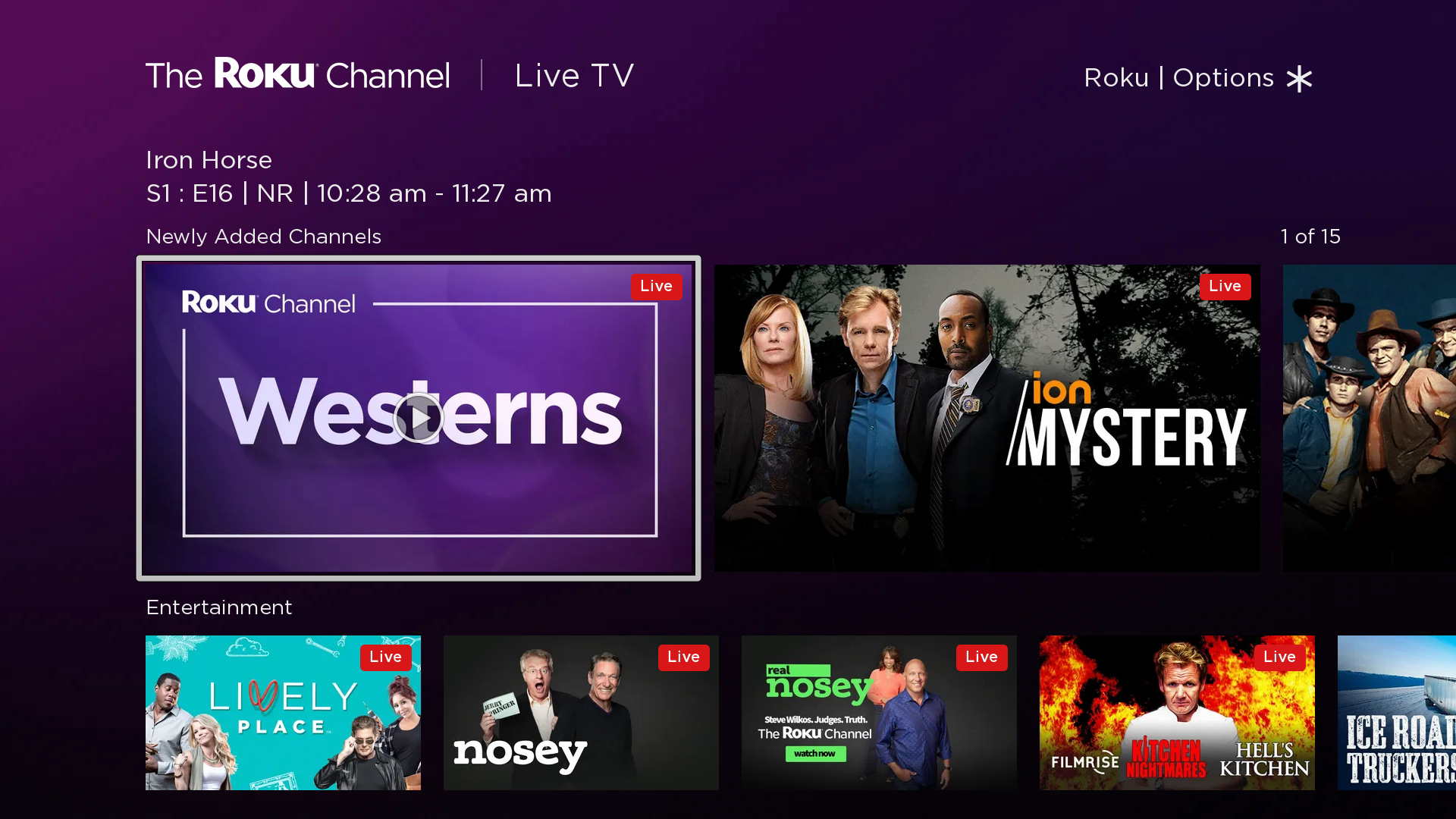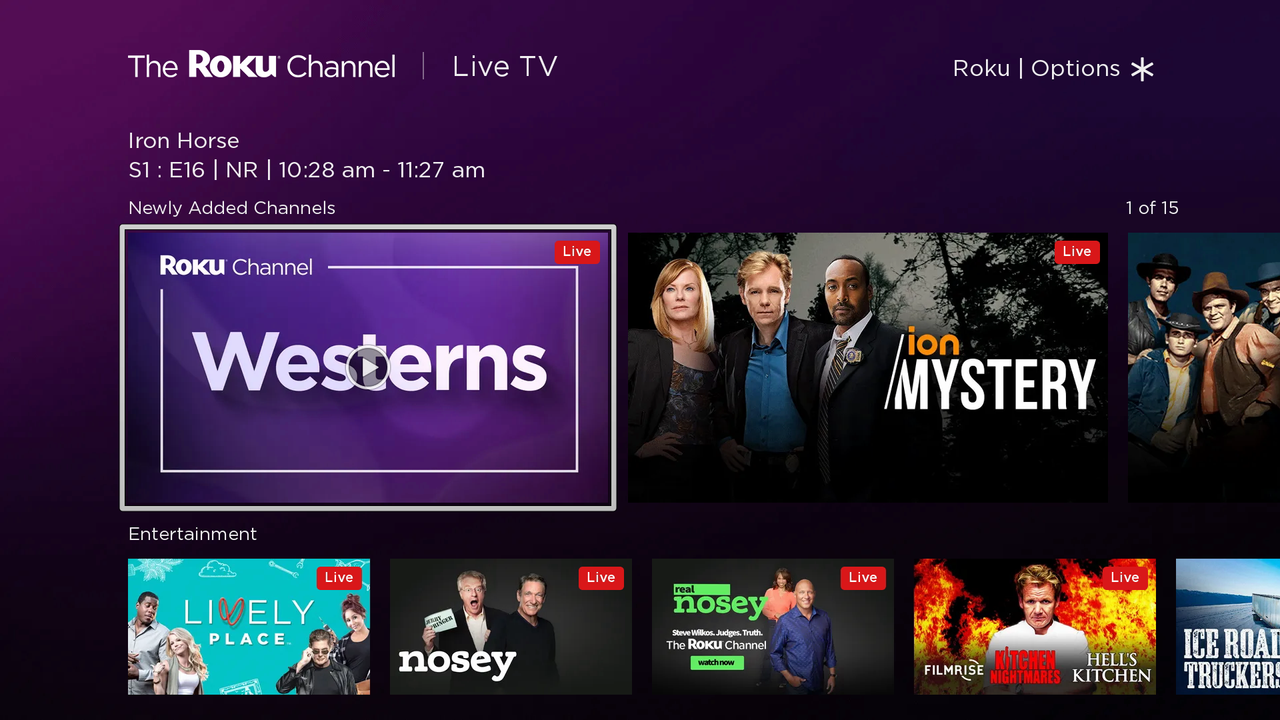Key Points
- Roku’s COO Dan Jedda announced a shift from 200 major advertisers to 100,000 small‑to‑medium businesses.
- AI tools will let advertisers create high‑quality video ads in minutes without hiring creators.
- The initiative aims to move ad spend from social media to Roku’s streaming platform.
- Roku accounts for over 20% of U.S. TV viewing and expects to exceed 100 million streaming households.
- The Roku Channel captured a 2.8% TV viewing share, outpacing Peacock and HBO Max.
- AI‑driven ads could prompt competitors to adopt similar technology, increasing AI ad volume.
- Small businesses like local car dealers and restaurants will gain access to TV‑scale advertising.
- The strategy seeks to boost Roku’s ad revenue while delivering more relevant ads to viewers.


The Roku Channel
Roku’s AI Advertising Initiative
During a recent investor briefing, Roku’s finance and operating chief, Dan Jedda, outlined an ambitious plan to democratize advertising on the company’s streaming platform. Historically, Roku’s ad sales have focused on a limited group of large advertisers—what Jedda described as the “top 200 advertisers.” The new strategy pivots toward a far broader pool, targeting “100,000 advertisers” that include small‑to‑medium‑sized businesses such as local car dealers, restaurants, and other community‑based enterprises.
Central to this shift is the deployment of artificial‑intelligence technology that can generate “very well‑produced” video ads in a matter of minutes. By automating creative production, Roku hopes to eliminate the need for small businesses to hire dedicated ad creators or maintain in‑house production teams. The AI toolkit is positioned as a way to make high‑quality advertising accessible to firms that previously could not afford traditional TV or digital video campaigns.
Market Reach and Competitive Position
Roku’s confidence in this initiative rests on its dominant position in the U.S. streaming landscape. The company reports that over 20% of all U.S. TV viewing takes place on Roku devices, a share that underscores the platform’s extensive reach. Additionally, the Roku Channel captured a 2.8% share of TV viewing in July, surpassing competitors such as Peacock and HBO Max. The firm also anticipates crossing the milestone of 100 million streaming households in the near future.
These metrics suggest a sizable audience for advertisers to target. By moving ad spend from social‑media channels to Roku’s streaming environment, the company aims to capture a segment of the advertising market that is currently underserved. The AI‑driven ad creation process could accelerate this migration, as small businesses gain the ability to produce polished, platform‑optimized video ads quickly and at lower cost.
Implications for the Streaming Advertising Ecosystem
If Roku’s AI advertising toolkit proves effective, it may set a new industry standard. Competitors in the streaming space are likely to develop similar capabilities to remain competitive, potentially leading to a wave of AI‑generated ads across multiple platforms. This could increase the overall volume of advertising content delivered to viewers, while also expanding the diversity of brands represented on streaming services.
For Roku, the strategy represents both a revenue opportunity and a way to deepen engagement with its user base. By offering a more varied and locally relevant ad experience, the company could improve ad relevance for viewers while providing measurable returns for advertisers. The success of this initiative will hinge on the quality of AI‑generated creative, the ease of the ad‑creation workflow for small businesses, and the ability to integrate these ads seamlessly into the Roku viewing experience.
Overall, Roku’s plan to harness AI for scaling advertising to thousands of small and medium‑sized businesses reflects a broader trend of technology enabling more inclusive marketing opportunities. As the platform continues to grow its household reach, the move could reshape the dynamics of streaming advertising in the United States.
Source: techradar.com
